- News
- Reviews
- Bikes
- Accessories
- Accessories - misc
- Computer mounts
- Bags
- Bar ends
- Bike bags & cases
- Bottle cages
- Bottles
- Cameras
- Car racks
- Child seats
- Computers
- Glasses
- GPS units
- Helmets
- Lights - front
- Lights - rear
- Lights - sets
- Locks
- Mirrors
- Mudguards
- Racks
- Pumps & CO2 inflators
- Puncture kits
- Reflectives
- Smart watches
- Stands and racks
- Trailers
- Clothing
- Components
- Bar tape & grips
- Bottom brackets
- Brake & gear cables
- Brake & STI levers
- Brake pads & spares
- Brakes
- Cassettes & freewheels
- Chains
- Chainsets & chainrings
- Derailleurs - front
- Derailleurs - rear
- Forks
- Gear levers & shifters
- Groupsets
- Handlebars & extensions
- Headsets
- Hubs
- Inner tubes
- Pedals
- Quick releases & skewers
- Saddles
- Seatposts
- Stems
- Wheels
- Tyres
- Health, fitness and nutrition
- Tools and workshop
- Miscellaneous
- Buyers Guides
- Features
- Forum
- Recommends
- Podcast
BUYER'S GUIDE
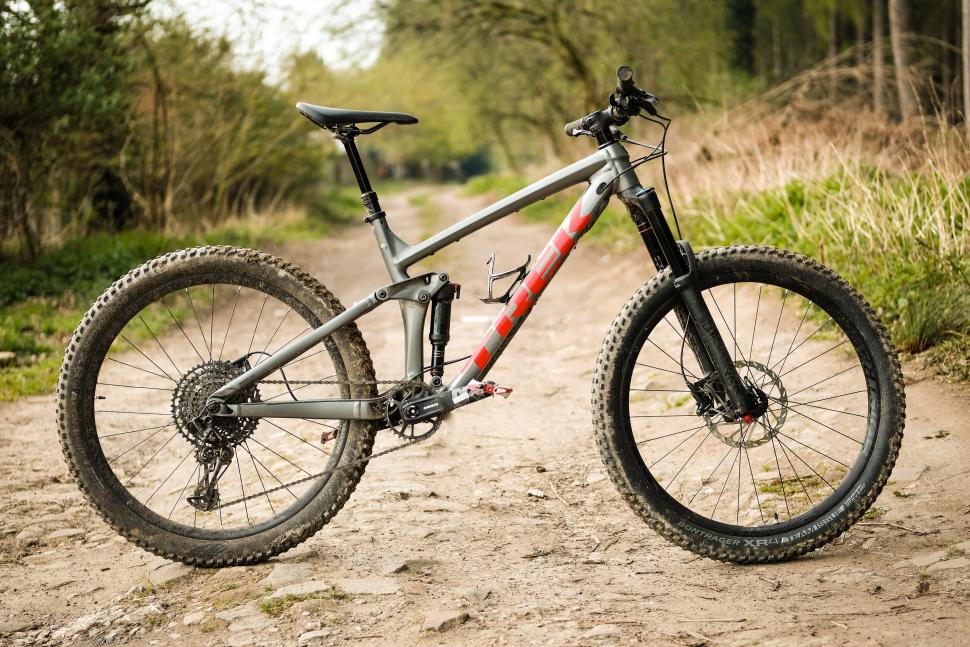 Trek Remedy 7 Detail whole bike 1
Trek Remedy 7 Detail whole bike 1Mountain biking for beginners — 4 reasons to try mountain biking
Updated April 25, 2021
From scrappy upstart with knobby tyres in the 1980s, though the boom of the 1990s, mountain biking has become an essential, muddy part of the cycling landscape. If you're a mountain biking beginner who came to cycling via the road bike boom, why should you have a go at mountain biking?
When the mountain bike first began appearing in the UK it was a revelation. Here was a bike with a commanding, upright riding position, powerful brakes, tough go-anywhere wheels and tyres, and gears that could get you up a wall.
Mountain bikes offered the freedom to explore trails and tracks, and get away from civilisation much faster than was possible on foot, along with the ability to bash round town and laugh at potholes, kerbs and other street annoyances.
Of course, they still do. The mountain bike scene may not be quite as lively as it was in the 90s, but the bikes are still as versatile as ever — and just as much fun, if not even more so.
Read more: How to choose and buy your next bike
Read more: The road.cc A-Z of cycling jargon
Want to know lots more about mountain biking? Visit our knobbly-tired sister site off-road.cc
Why ride a mountain bike
We’re going to assume you have a road bike and you’re quite content riding that on the road and to work (though a mountain bike with slick tyres makes a bombproof commuter if you have to contend with cratered city streets). To really get the most out of a mountain bike, you want to take it off road. Here are four reasons why:
1 It’s fun. Playing in the woods will take you back to being a kid, to the days when riding a bike wasn’t about training mileages and targets, but about getting wet and sweaty, and covered in mud. You’ll scare yourself silly a few times, you’ll probably fall off a few times and you’ll come home with a big grin on your face.
2 It’s intense. A mountain bike ride is almost never a flat, steady amble along. Instead, it mixes bursts of maximum effort to scale hills or power over problems with sections of taking it very easy as you zoom downhill. Back in the Bronze Age when we both raced mountain bikes (him far more seriously than me) our fitness expert Dave Smith recorded a maximum heart rate in a race higher than he’d ever been able to produce in the lab. Those bursts of high intensity can be a very useful part of your fitness regime.
3 It builds handling skills. Where did Peter Sagan get his remarkable bike handling skills? Among other things, he mixed road cycling with mountain biking when he was a teenager and won the 2008 junior mountain biking cross-country world championship. Sagan is a huge talent, but even regular mortals can benefit from learning to move around on the bike, handle a variety of surfaces and keep a bike upright when it’s sliding around under you. Once you’ve mastered a few high-speed off-road descents, you won’t be fazed by road downhills.
4 It gets you to hard-to-access places. If you love the countryside, there's no better way to get deep into the hills than by bike. Explore Welsh and Scottish forests, the bridleways of the Yorkshire Dales and Lake District or the ancient trails of the Quantocks — and then head to a cafe to reward yourself with copious quantities of cake.
What makes a mountain bike a mountain bike?
Mountain bikes are characterised by flat handlebars and knobbly tyres. The bars provide control on rough terrain, while the tyres provide grip. So far, so obvious. But since the mountain bike’s birth in Northern California in the 1970s, that simple formula has given rise to a dozen variants for different uses and riding styles. But before we get into that, though, lets have a look at the other features of mountain bikes.
Materials
Even more than in road bikes, aluminium rules the roost. As well as being strong and light, aluminium is relatively straightforward to fabricate into the complex shapes necessary for full suspension bikes, without blowing the budget into the stratosphere.
A decent aluminium hardtail — a mountain bike with a rigid frame and suspension fork — will set you back about £500, though like road bikes, they get very rapidly better from that price up to about £1,500. If you want suspension at both ends, then expect to spend at least £1,000.
Carbon fibre is the second most common material. Carbon fibre hardtails start at about £1,500; a carbon full suspension bike will set you back from about £2,500 to — well, how large is your bank balance?
There are still a few steel and titanium mountain bikes available. Steel retains a certain retro appeal and the best steel tubing builds into light, lively frames valued by aficionados for their springy ride. Titanium builds into frames with similar qualities, but a bit lighter, and has the advantage of being corrosion-proof.
Suspension
Suspension improves comfort and helps keep the wheels in touch with the ground. Most mountain bikes have a suspension fork, which improves all-important front wheel traction and handling. Some also have rear suspension which further cushions and improves the ride.
The extra components needed for suspension add weight and cost. The pay-off is worth it, but you will pay more for a bike with a decent quality suspension fork than without, and more again for a full suspension bike.
The corollary is that cheap suspension bikes should be avoided. The poorly-controlled movement of a cheap fork can actually make a bike’s handling worse, while cheap rear suspension adds very little but weight and mechanical complexity.
The amount of suspension travel has a big effect on a bike capabilities. Cross-country race bikes tend to have about four inches of travel, trail and enduro bikes five to six inches and downhill bikes up to eight inches.
Brakes
Almost all modern mountain bikes have disc brakes. You’ll find rim brakes on a few cheaper bikes but by the time you get to bikes at £400 and above, disc brakes rule. And rightly. Discs are less troubled by mud and water, and carry on working if your rims get dinged.
Cheaper disc brakes are actuated by cables from the brake levers, more expensive ones by hydraulics. Hydraulics are more efficient and reliable, and worth the extra cost.
Wheels and tyres
Until a few years ago, all mountain bikes had 26-inch wheels, a size that came from the beach cruiser bikes that were the basis for the original Marin County klunkers. In the early 2000s bike builders began to experiment with a larger size, based on the same 700C rims as road bikes but shod with fatter tyres. Dubbed ‘29-inch’, these wheels roll better over uneven ground, making for faster bikes that are also easier for beginners to ride.
However, some designers struggled to squeeze a significant amount of suspension travel in between a larger wheel and the frame, so an intermediate size — 650B — became popular. It’s a French wheel size that was all but abandoned until being resurrected for middle-sized mountain bike wheels. This size is sometimes called 27.5-inch, but with a two-inch tyre it’s more like 27 inches across; a useful bit of extra size and rolling ability.
While most middle-to-high-end bikes have switched to one of the larger sizes, there’s life in 26-inch wheels with whopping great four-inch tyres on ‘fat bikes’. More of them later.
Inspired by the fat bike trend, 650B and 29-inch wheeled bikes are also sprouting fatter tyres. Where tyres used to be between 2 and 2.3 inches across, 29+ and 650B+ tyres are three inches wide.
Gears
Mountain bikes need a wide gear range, from low gears for steep ascents to high ratios for hurtling down fire roads. Traditionally that was achieved with a triple chainset and some mountain bikes still combine three chainrings with seven, eight, nine or ten rear sprockets. But in pursuit of simplicity, most riders now go for gear systems with a single chainring and a very wide-range set of 11 or 12 sprockets. This provides almost as wide a range of gears as a triple. For recreational riding, the highest gears are sacrificed, whereas racers forego the low ratios.
Read more: Beginner's guide: understanding gears
Pedals
Road cycling has Shimano v Campagnolo; mountain biking has flat v clipless pedals. Shimano and others offer various designs of double-sided clipless pedals for mountain biking, from compact designs for racing and cross-country riding, to pedals with the mechanism surrounded by a platform for extra support with more flexible shoes.
But many riders don't like the idea of being attached to the bike while riding off road; they want the reassurance of being able to get off the pedals instantly. Flat pedals have a broad platform for your foot, with small steel studs that dig into a rubber sole and do a surprisingly good job of keeping the two attached.
In reality both varieties work well, and the choice comes down to personal taste.
Read more: Clipless pedals - how to get started the easy way
Mountain bike types
Trail. Bikes for what we used to call ‘going mountain biking’. Usually with suspension at both ends, upright riding position compared to a race bike and relaxed handling so riders can relax and enjoy the downhills, but still get to the top fairly easily. Wheels are sometimes 650B, sometimes 29-inch.
Cross-country race. Long, low and light, these are the greyhounds of the mountain bike world. For a long time, racers eschewed full suspension, but carbon fibre suspension bikes are now so light that the weight disadvantage is overcome by the downhill speed and handling advantage on many courses. Almost always have 29-inch wheels for speed.
Singlespeed. As the name implies, singlespeeds have just one gear. The idea is that the bike is stripped down to essentials and you concentrate purely on riding without the faff of thinking about being in the right or wrong gear. Singlespeeds are often rigid too, with not even a suspension fork. In a way this is the mountain bike equivalent of a fixed gear road bike, with a similar philosophy of mechanical simplicity.
Hardcore hardtail. This broad category comprises bikes with rigid frames, long-travel forks and shallow head angles, intended for steep, rough and wet conditions.
Fat bike. The last redoubt of 26-inch wheels, fat bike have huge tyres — usually four inches wide but five-inch tyres are available — running at low pressures for maximum traction no matter what the surface. Originally developed for riding on snow in Alaska, fat bikes have spread around the world because they’re simple bikes, usually with no suspension, that can roll over just about anything.
Dirt jump. Super-tough bikes with low-slung frames, and beefy short-travel forks, built to withstand the rigours of aerial stunts by talented lunatics, and the resulting landings.
Downhill. Bikes for pure gravity racing have long-travel suspension at both ends to absorb just about anything as riders hurtle down steep hillsides against the clock. Downhill bikes also have very shallow head angles for stable handling at speed.
Enduro. Bikes for enduro competitions, a sort of mountain bike rallying in which riders are timed through technical sections, and have time limits to ride between them. Somewhere in between a trail bike and a downhill bike, in that bikes are fast downhill, but can still be ridden up to the start of the next technical section.
Where to ride
To get started riding off road, a trail centre is your best destination. Usually on Forestry Commission land, these are areas with a network of marked trails and other facilities, usually including a car park, cafe and bike wash. Trails are graded by difficulty, so don't throw yourself straight into a black run.
Our friends at Singletrack have an extensive guide to trail centres and other riding hotspots.
Aside from purpose-built trails, you have the right to ride a bike on bridleways and byways in England and Wales even if they cross private land, and you can ride wherever you can find a trail in Scotland. You've no right to ride on public footpaths though, so best to steer clear.
Or you could completely ignore the whole idea of trails:
About road.cc Buyer's Guides
The aim of road.cc buyer's guides is to give you the most, authoritative, objective and up-to-date buying advice. We continuously update and republish our guides, checking prices, availability and looking for the best deals.
Our guides include links to websites where you can buy the featured products. Like most sites we make a small amount of money if you buy something after clicking on one of those links. We want you to be happy with what you buy, so we only include a product if we think it's one of the best of its kind.
As far as possible that means recommending equipment that we have actually reviewed, but we also include products that are popular, highly-regarded benchmarks in their categories.
Here's some more information on how road.cc makes money.
You can also find further guides on our sister sites off.road.cc and ebiketips.
road.cc buyer's guides are maintained by the road.cc tech team. Email us with comments, corrections or queries.
John has been writing about bikes and cycling for over 30 years since discovering that people were mug enough to pay him for it rather than expecting him to do an honest day's work.
He was heavily involved in the mountain bike boom of the late 1980s as a racer, team manager and race promoter, and that led to writing for Mountain Biking UK magazine shortly after its inception. He got the gig by phoning up the editor and telling him the magazine was rubbish and he could do better. Rather than telling him to get lost, MBUK editor Tym Manley called John’s bluff and the rest is history.
Since then he has worked on MTB Pro magazine and was editor of Maximum Mountain Bike and Australian Mountain Bike magazines, before switching to the web in 2000 to work for CyclingNews.com. Along with road.cc founder Tony Farrelly, John was on the launch team for BikeRadar.com and subsequently became editor in chief of Future Publishing’s group of cycling magazines and websites, including Cycling Plus, MBUK, What Mountain Bike and Procycling.
John has also written for Cyclist magazine, edited the BikeMagic website and was founding editor of TotalWomensCycling.com before handing over to someone far more representative of the site's main audience.
He joined road.cc in 2013. He lives in Cambridge where the lack of hills is more than made up for by the headwinds.
Latest Comments
- BBB 3 sec ago
Inhumane system that now will be getting even worse.
- Bungle_52 3 hours 23 min ago
In case anyone missed it in yesterdays blog here are the two pevious articles. The second one contains the testimony from the driver....
- David9694 3 hours 32 min ago
The old role was appointed at the Mayor's pleasure; is in addition to the permanent staff of the Combined Authority. I'm not sure if Adam was an...
- chrisonabike 3 hours 37 min ago
Ah... but which civilisation? If arguing from precedent (or even "moral ground") - with the benefit of almost no political, historical knowledge...
- WillPage 4 hours 58 min ago
Nothing says "welcoming environment" like uniformed thugs, umm I mean "security patrols " roaming the area.
- galibiervelo 6 hours 16 min ago
That is class news. Super bikes and vision. Bet there will be no stand at the Taiwan bike show next year! Big luck to all the team
- Destroyer666 6 hours 58 min ago
Pretty clearly stated several times in the text that the issue was not related just to his son. And besides, everybody watching the races could see...
- Rendel Harris 7 hours 14 min ago
All Fizik and Selle Italia saddles (though not all their other products) are made in Italy I believe, and their 3D printed models definitely are.
- chrisonabike 7 hours 40 min ago
If you're not on the road with a car, I bet its driver is much less likely to swerve into your space *. Because you're not "in the way"! (Any...
- mdavidford 7 hours 56 min ago
The problem with this argument, though, is that it's just not true....
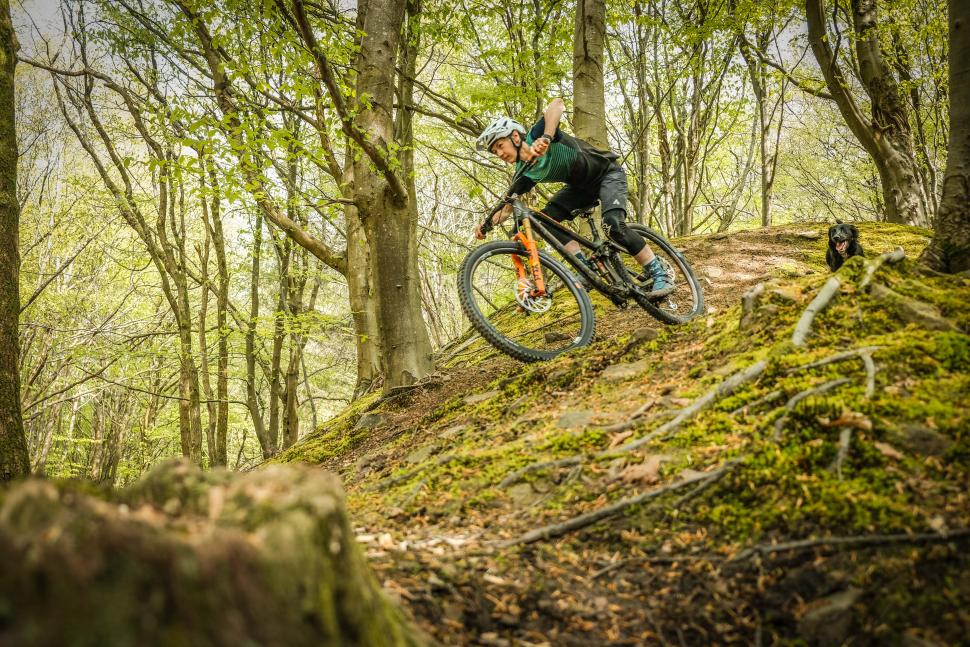
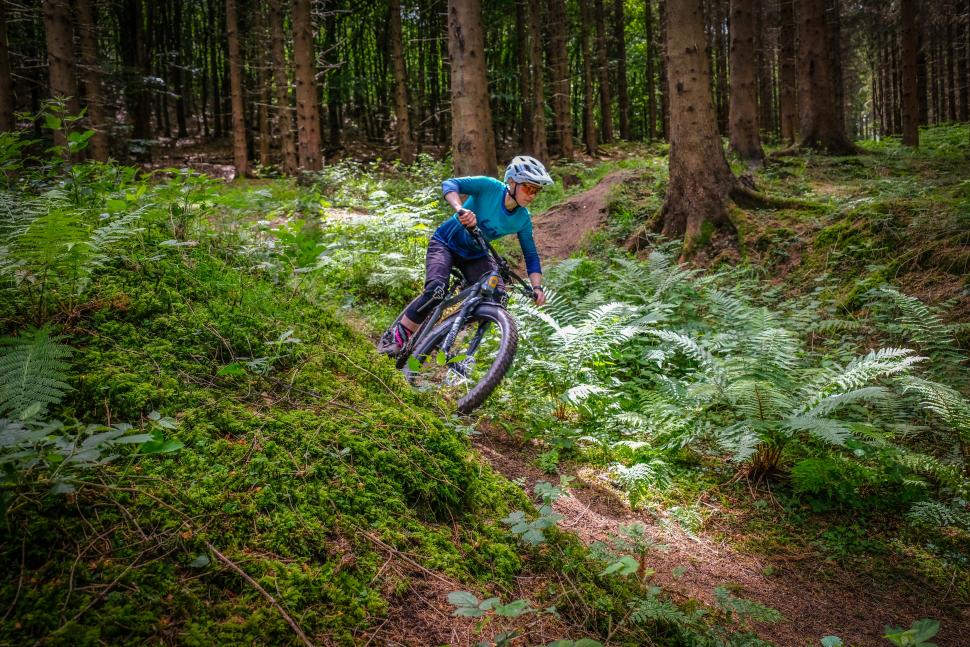
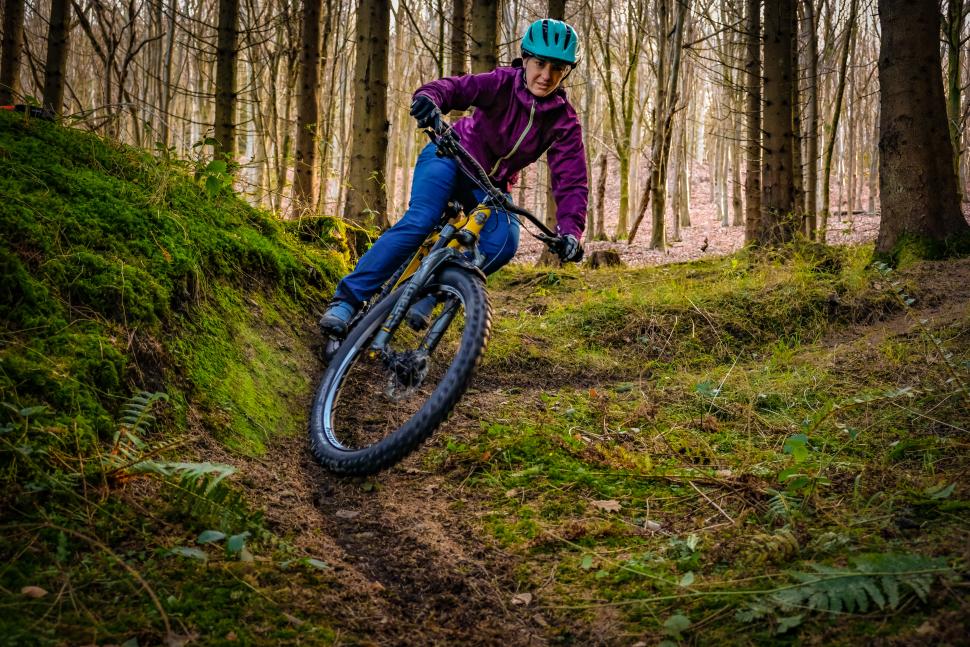
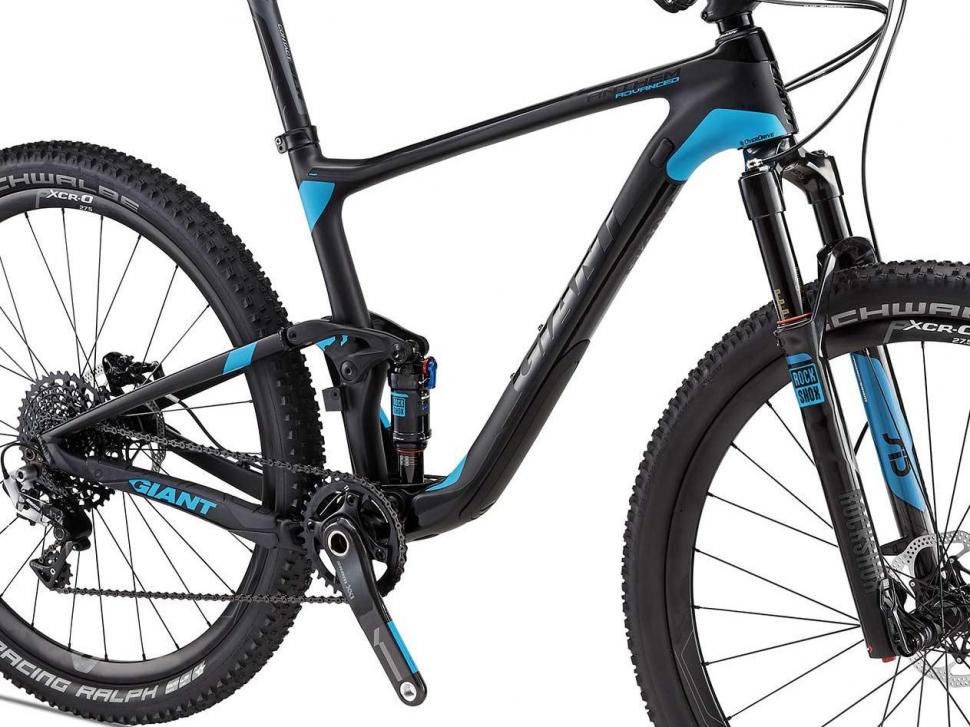
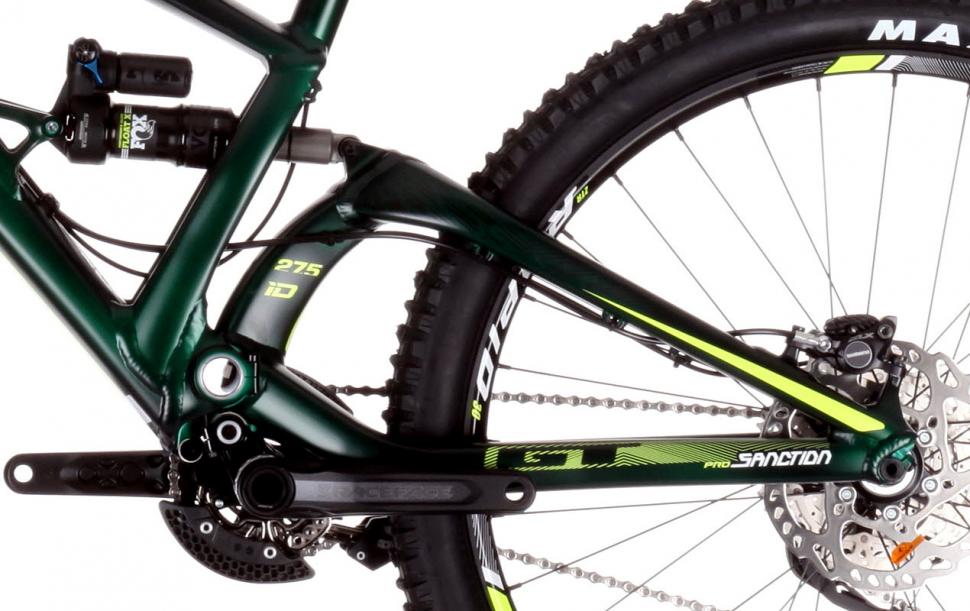
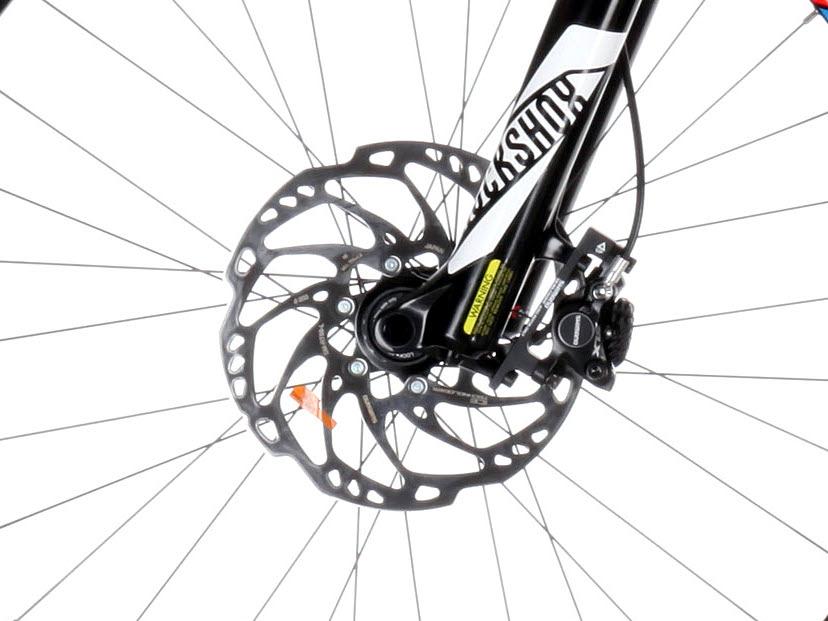
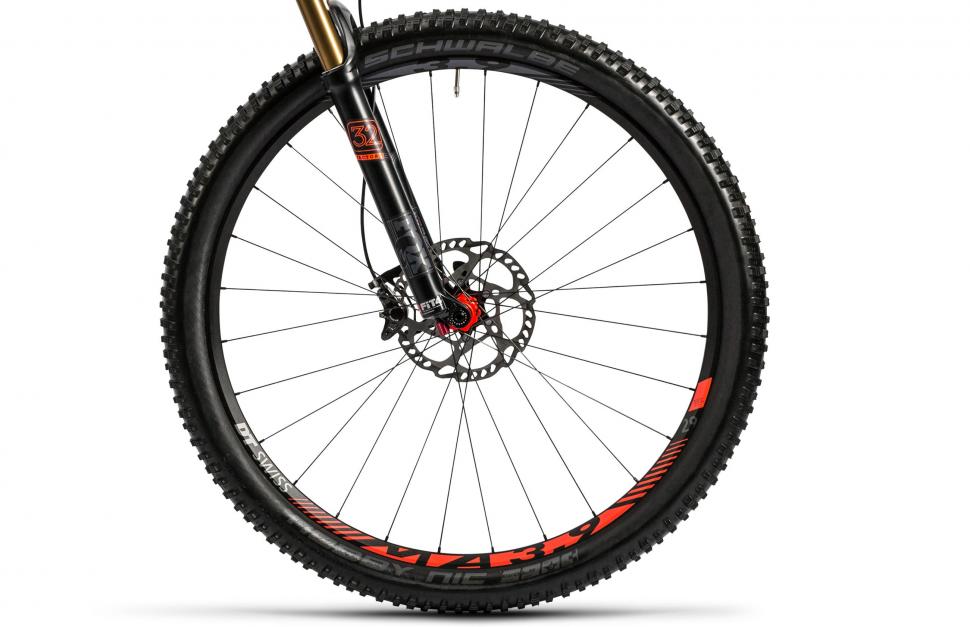
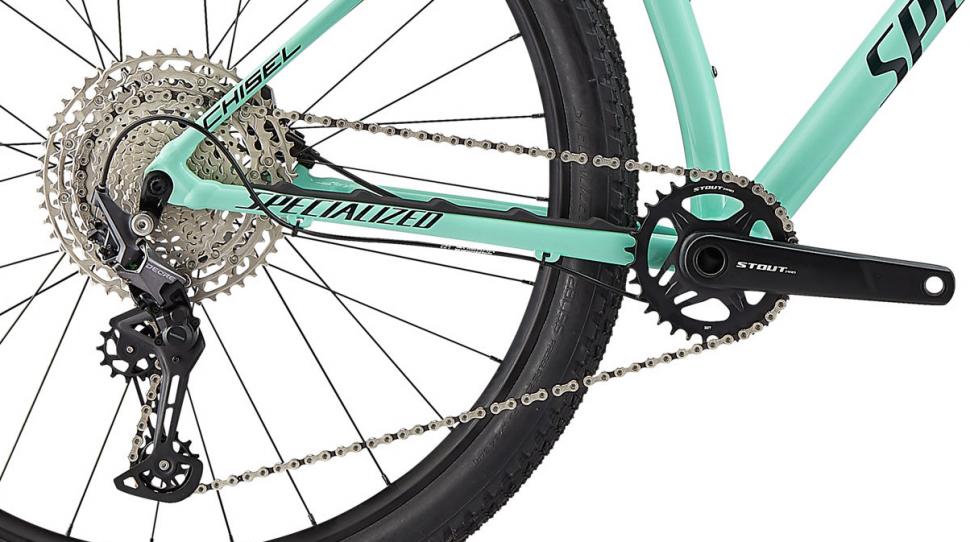
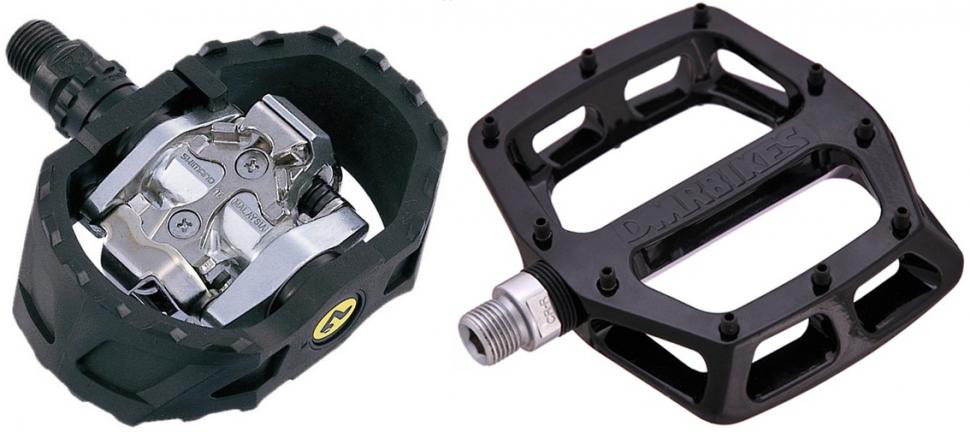
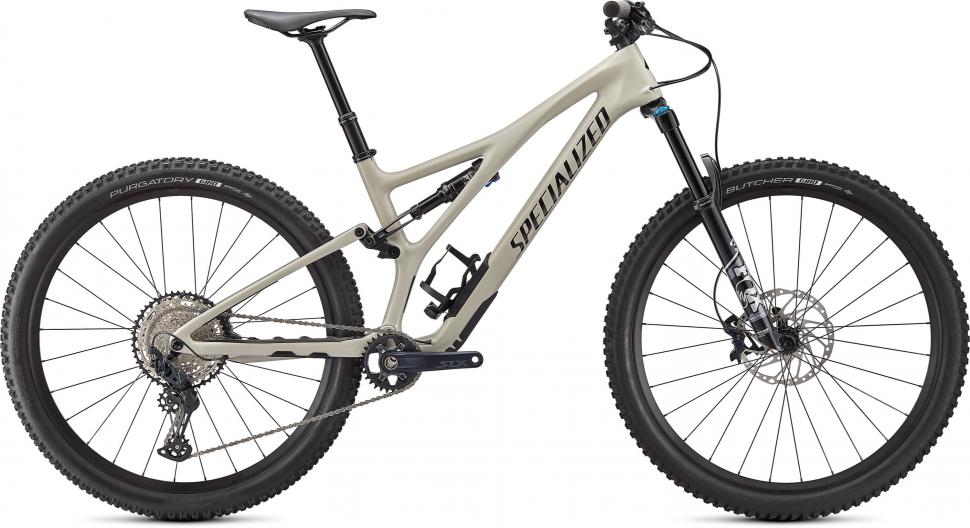
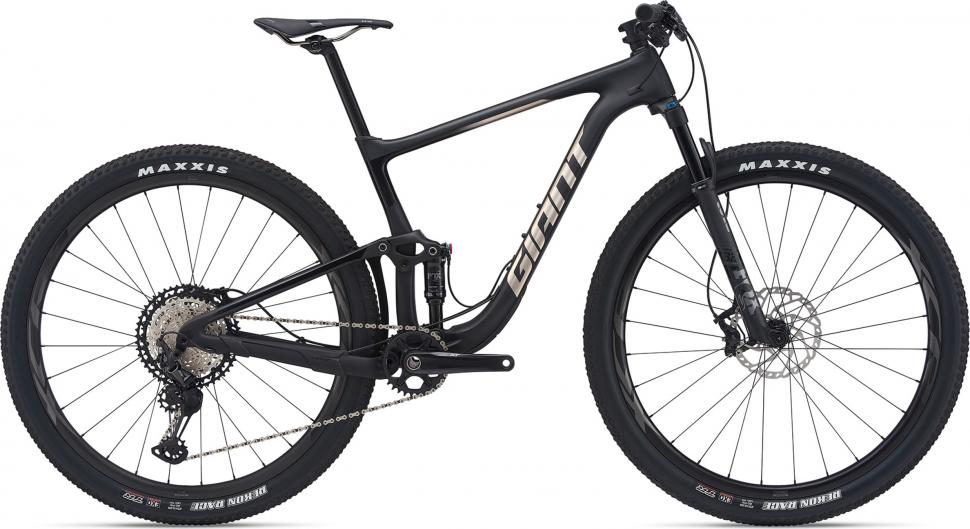
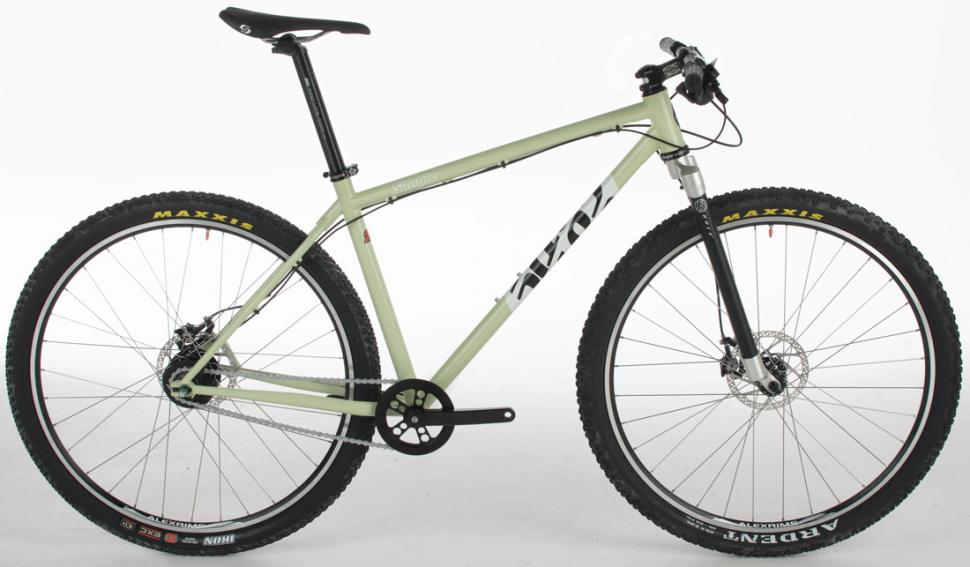
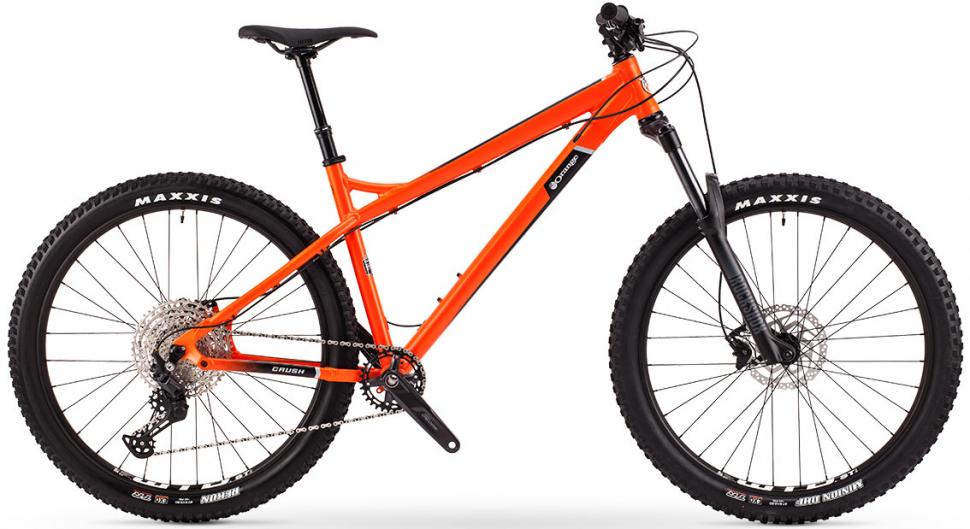
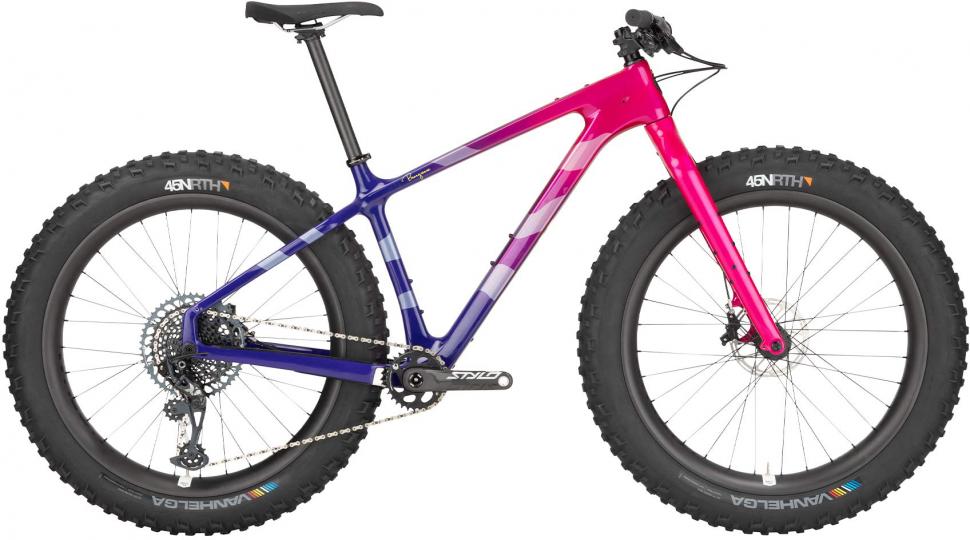


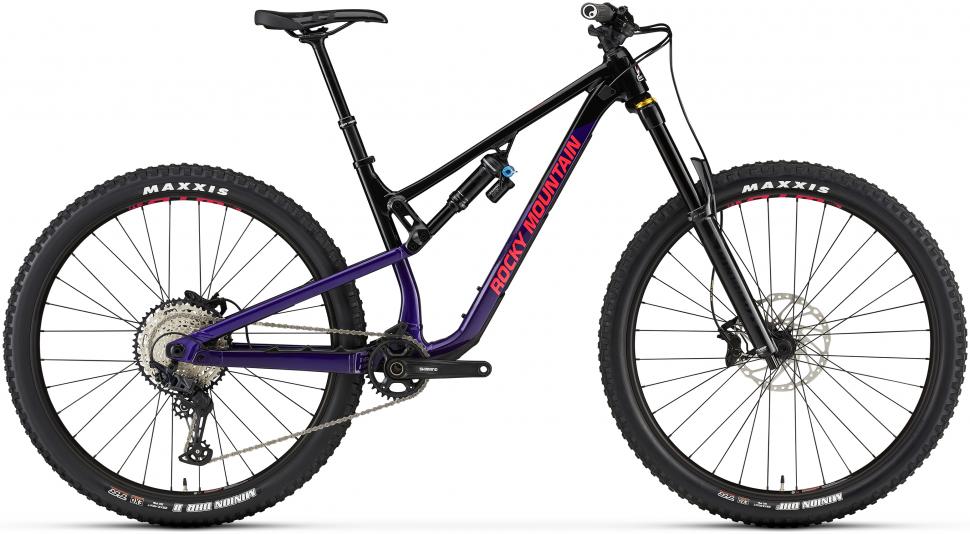


Add new comment
9 comments
My head keeps getting turned by the idea of E-MTB but I've no idea what sort of bike/geo I need. I've got the New Forest on my doorstep one way and Salisbury Plain/Cranborne Chase the other and do a lot of "gravel" riding on 650B/47mm tyres, mainly to handle the sandy bits. But what's essentially a road bike just doesn't have the chuckability and clearance needed to take on the lumpier bits. Or the gearing.
I know what I'm not intending to do - no insane bike park downhill stuff, no racing.
Most rides are likely to be 5 miles on tarmac and 10/15 miles offroad. What do I need?
Probably a day testing bikes from the many quality bike shops in your area.
e-MTB are awesome fun.
I'd love to live near the new forest, my dad lives down there and I covet the day I can go and see him and have a cheeky day in the forest on a half decent rented hardtail again.
To answer my own question, I went with a cheap hardtail - Calibre Two Cubed - and upgraded it with a dropper and 1x drivetrain. Swapped my lightweight (by MTB standards) gravel wheels over to it and absolutely loving my riding. Haven't ridden on the road (other than to link up bits of MTB routes) since July.
I've lived in the same place for over a decade and I've seen bits of it I never knew existed. And cross-country riding as the crow flies unsurprisingly means favourite bits of the forest can be linked up with minimum transitions. People you encounter seem to be more tolerant, certainly no conflict with dog walkers or horsey types yet.
I've got fitter, dropped two notches on my belt, my bike handling has improved no end, and most of all I'm getting to places out in nature that are inspiring and doing wonders for my general wellbeing.
I haven't ever done any MTB riding but looking to start doing some for the reasons in the article. Probably have a budget around £1200 mark and will wait until end of year sales. At that budget am I better getting a decent hard tail or a low end full suspension? Most of my riding would be on the trails in Epping Forest (so roots / the occasional log) or something like the Cumbria Way between Keswick and Skiddaw house
Clearly I'm bored but shouldn't this article be on off.road.cc?
Would you expect an article extolling the pleasure of riding a road bike to be only on this site? Surely the point is to encourage people to explore a new type of riding and enjoyment and the best place to do that is on a site they already visit. Many people are inherently lazy and won't necessarily go looking for an article like this.
I'm a roadie, but I'm currently looking to expand my riding experience by buying a mountain bike. I found this article helpful and I'm sure I won't be the only one. If you're bored - get out on your bike!
I wouldn't expect to see e.g. in depth reviews of mountain bike components on road.cc, but I'm very happy to see a handful of considered beginner-level articles aimed at people who may be interested in trying different disciplines.
Flats with decent flat pedal shoes. I've got DMR V12s on my D-I-A bike and in some ways my feet feel more secure than they do with SPDs on my road bike. Just stay planted no matter what mud and water I throw the bike through. Quite a revelation to this erstwhile roadie.
Ideal would be low-heeled court shoes (as worn by the Queen).
https://www.charlesclinkard.co.uk/women-c1/shoes-c2/orabella-alice-low-heeled-court-shoes-p38536